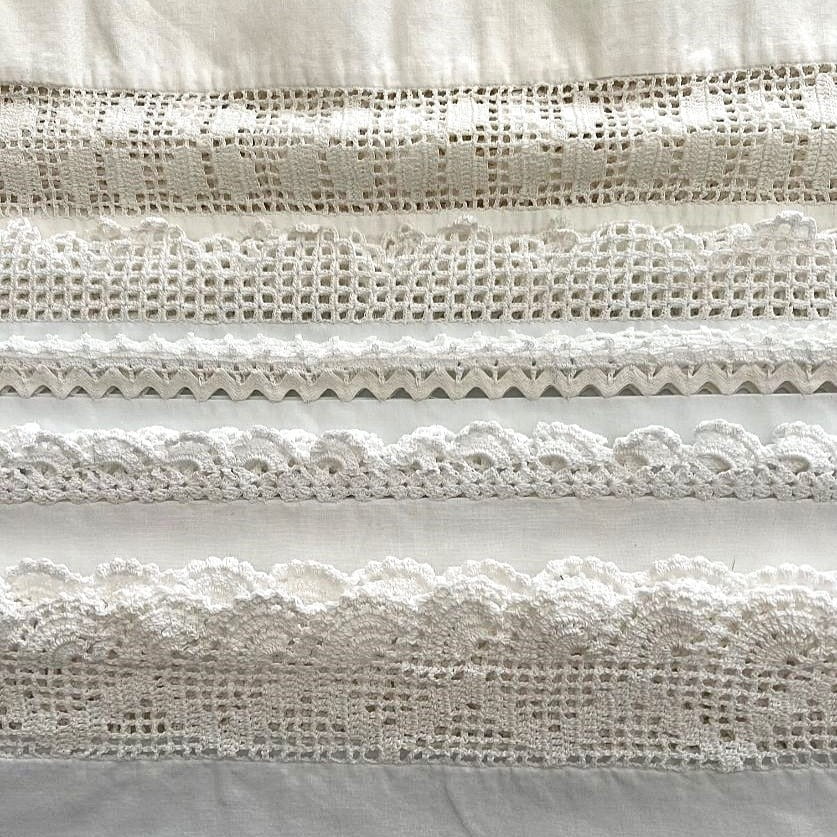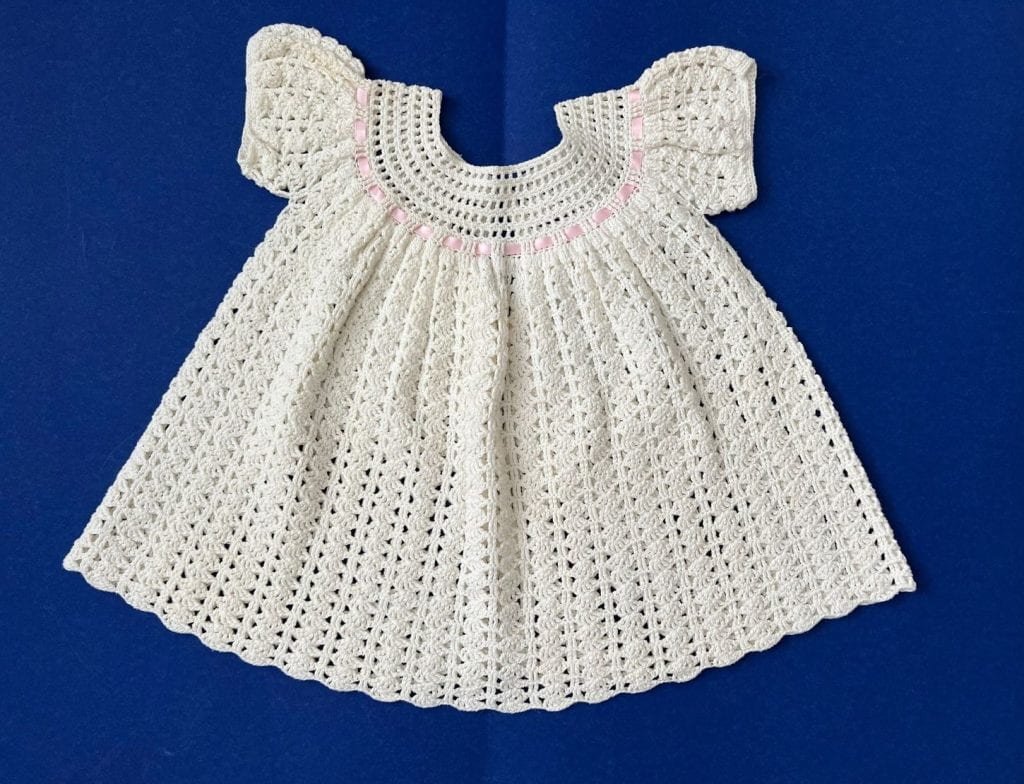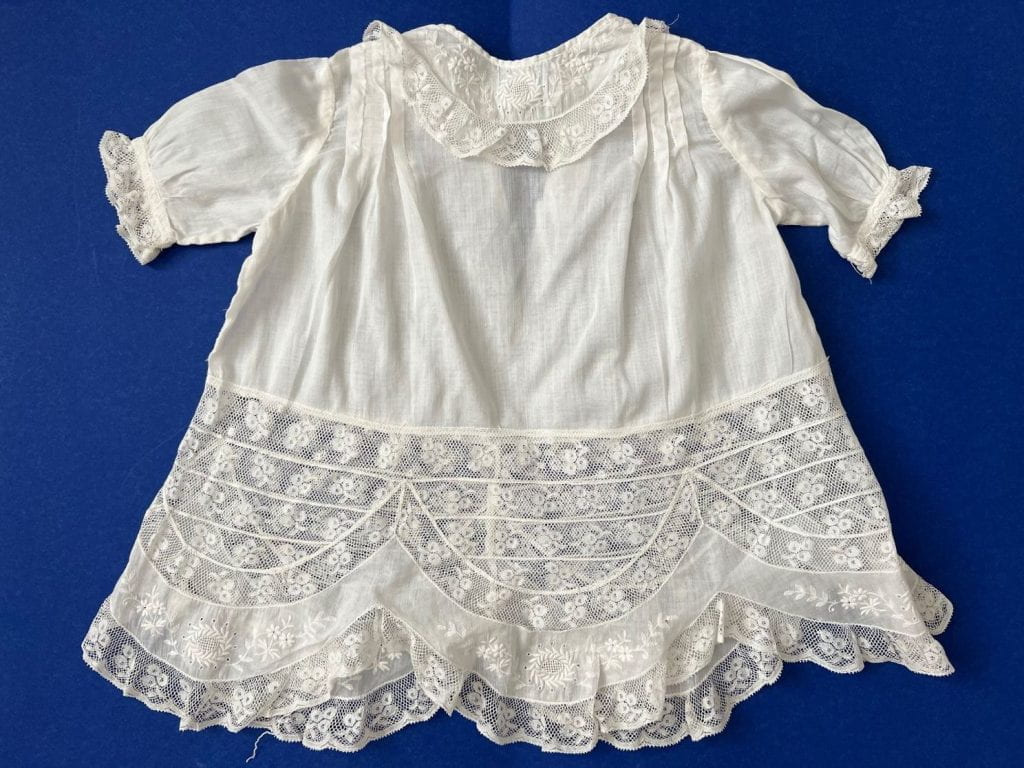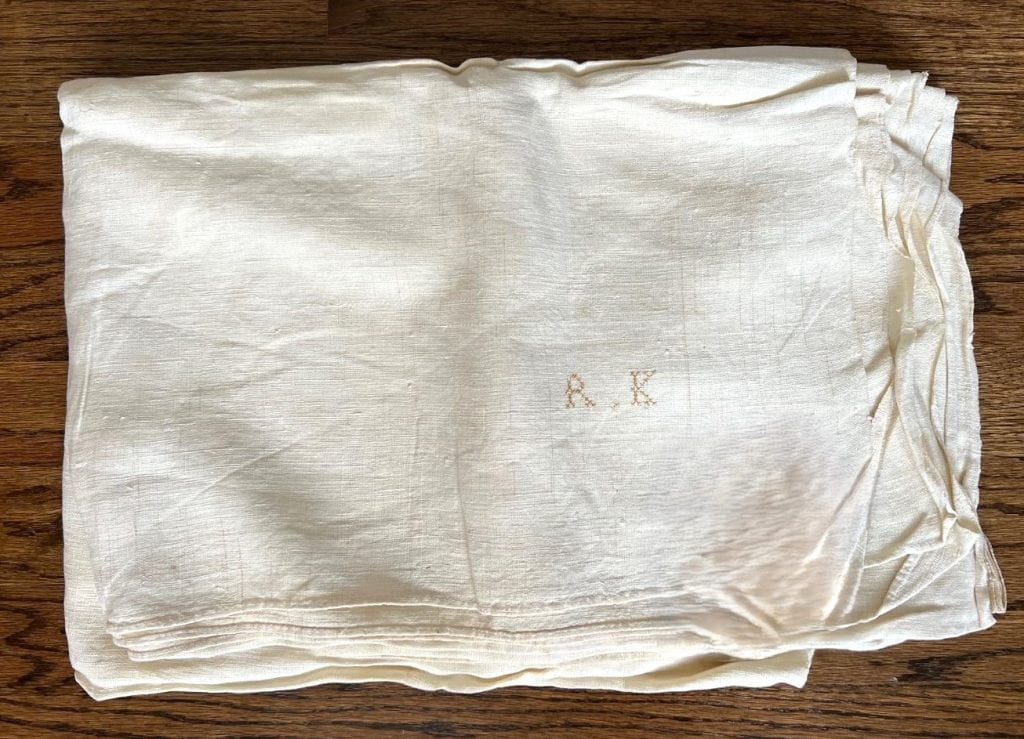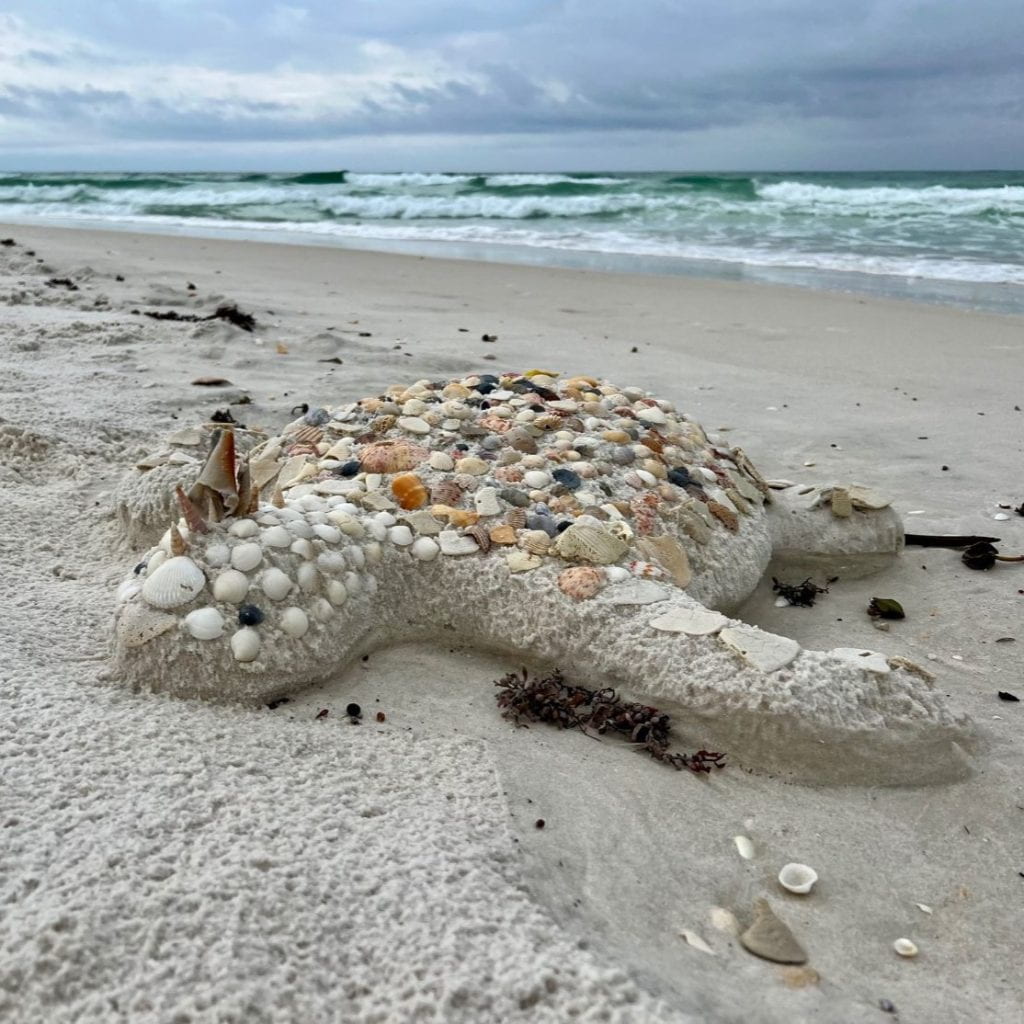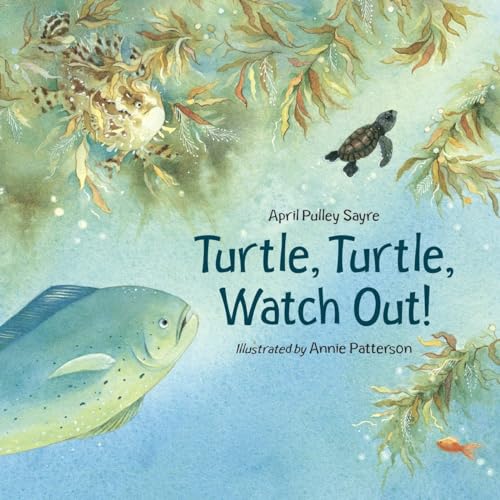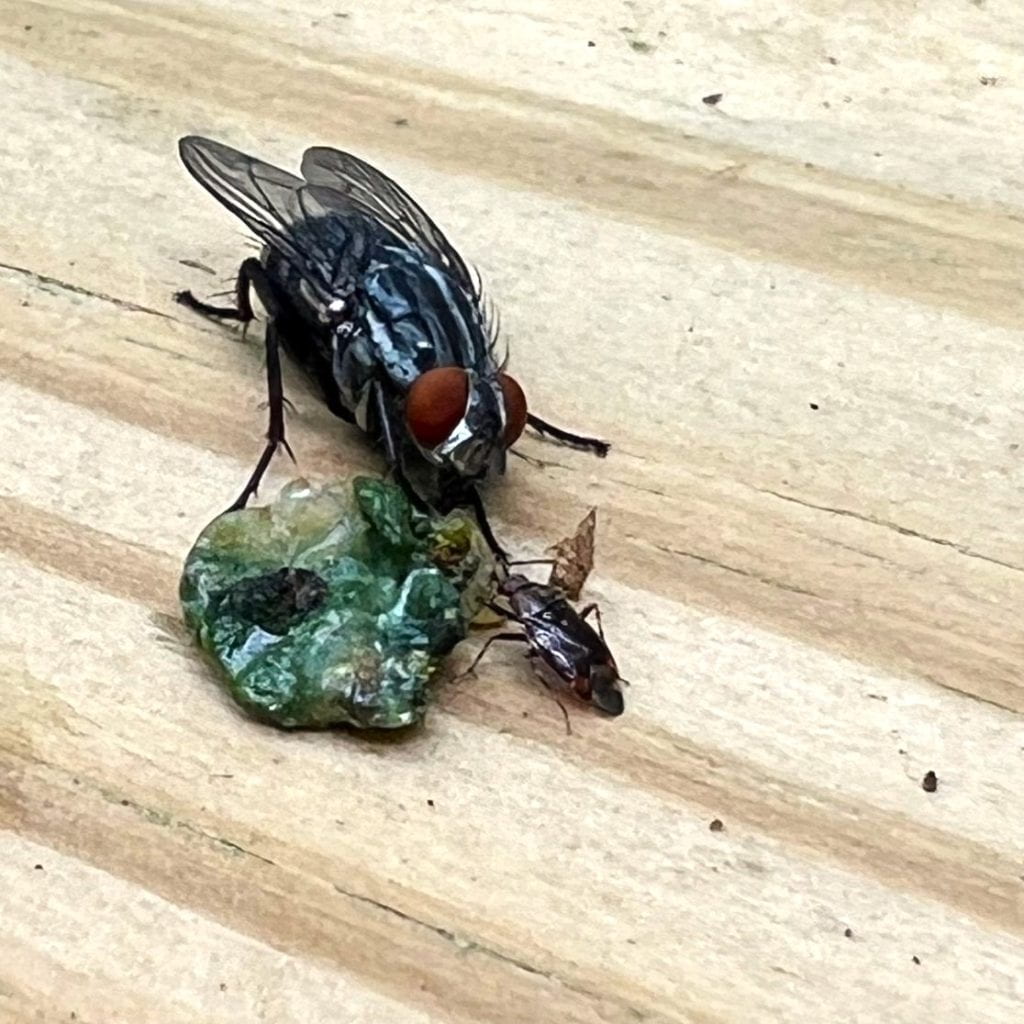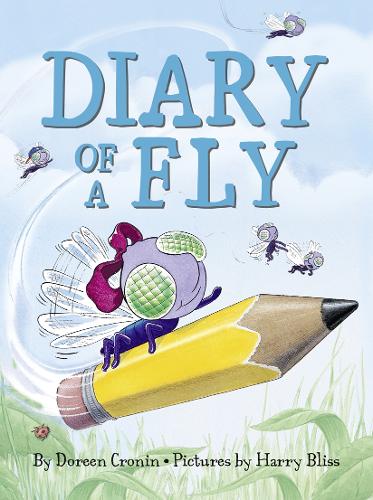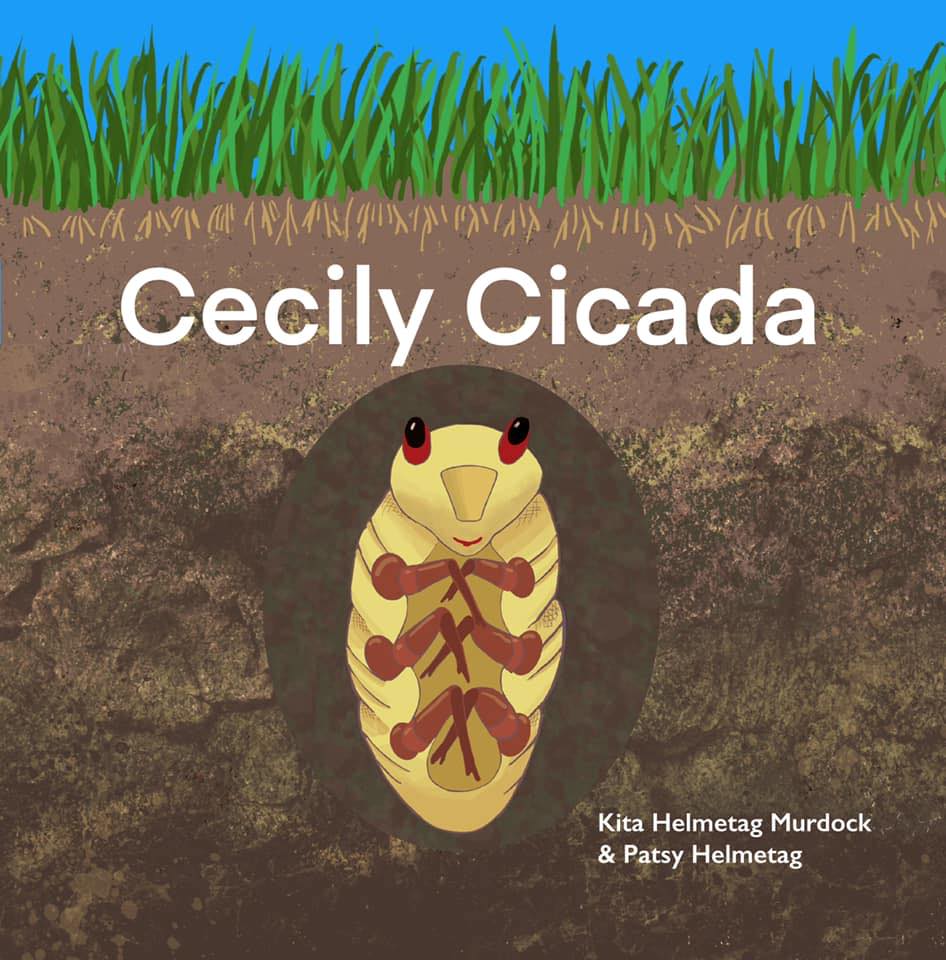A Labor of Love
In a previous post about doilies, I shared how I have been restoring antique and vintage linens that I inherited. When I first pulled them out of the hope chests, they were covered with brown storage or oxidation stains! I wish I had taken more before photos.
But just look at these pillowcases now; the stains are gone, and they look new! The handiwork is amazing! Go here for a blog post with directions on how to remove the stains.

This monogram belongs to my great grandmother, Cornelia (1878-1966.)
My great, great grandmother, Emma (1856-1912), was the owner of the sheets below.
I’ve also restored baby clothes, quilts and many (!) napkins and tablecloths. The dress on the bottom was worn by my grandmother Pauline and the first dress was made for me by my grandmother Charlotte.
I became curious about the materials that were used to make these sheets. Did my ancestors use linen, cotton, or some other natural fiber? I still have so much to learn about this subject.
Learn about cotton in the video below. Go here to view full screen. Read more about the history of cotton here.
Watch the following video about flax full screen here.
I have a piece of linen handwoven by my fifth great grandmother, Roxy Kirby (1797-1842.) I’ve been hesitant about restoring this keepsake.
Both cotton and linen are plant products. Studying these fabrics is a great adjunct to a plant unit, history unit, or an art study of fashion and weaving.
Related Post


